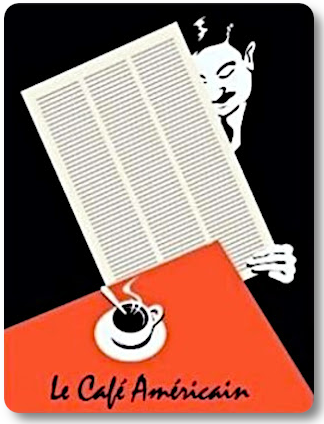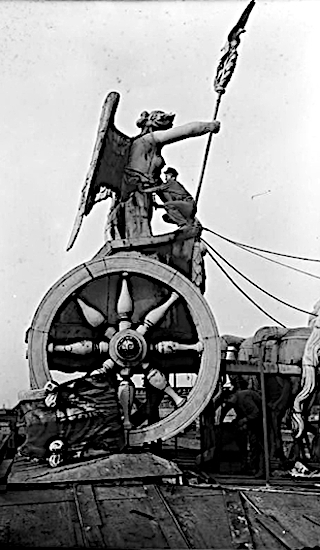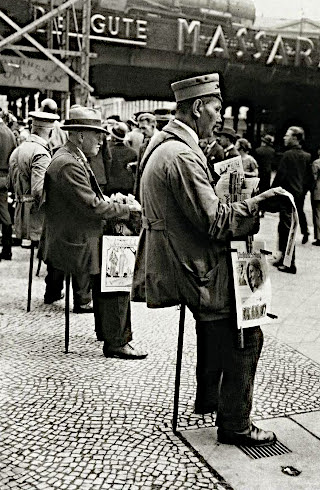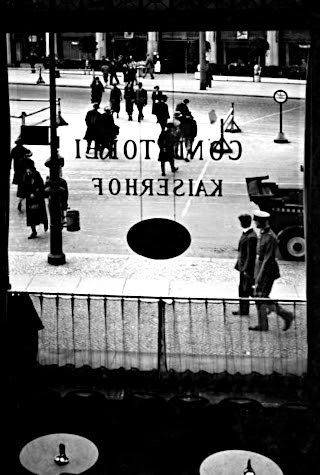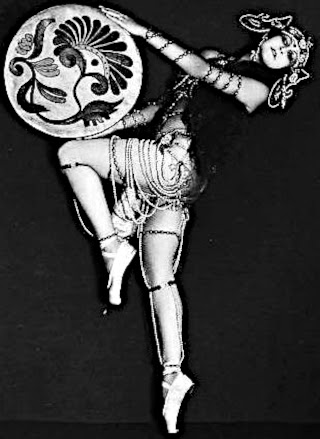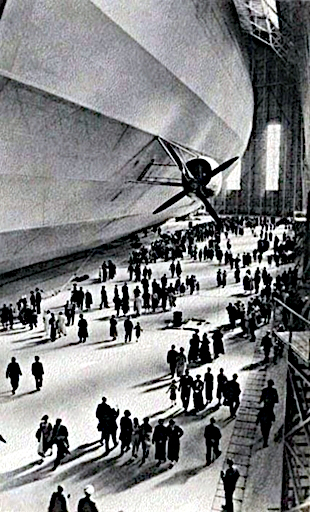 The artificial reflation aka short squeeze continues. It is centered on the financial stocks and in particular the SP futures. This is a classic Bob Rubin market fix technique from the 1990's. Don't fix the problems paint over them.
The artificial reflation aka short squeeze continues. It is centered on the financial stocks and in particular the SP futures. This is a classic Bob Rubin market fix technique from the 1990's. Don't fix the problems paint over them.
At times like these the stodgier Nasdaq100 performs the role of confirming moves up or down led by the SP 500. The broader indices are even more important.
This market is being slapped around in an effort to skin the overlevered small specs, so keep your positions small or even better, cash in your pocket. The banks are having a last gasp at manipulating nearly everything .
.
05 May 2009
Nasdaq 100 Futures Hourly Chart at 2:30 PM
Insiders Continue to Sell Aggressively Into This Rally
According to reports corporate insiders continue to sell agrressively into this rally, with sells outweighing buys at levels not seen since the market top in 2007.
04 May 2009
SP Futures Hourly Chart Update at 2:30 PM
This may be a 'reflationary rally' such as we had seen off the market bottom in 2003 which precipitated the housing bubble. The rally in gold and silver with the falling dollar helps to reinforce that view. The Treasury and Fed are monetizing debt at a brisk pace. This is bullish for stocks from a nominal standpoint at least.
We are skeptical of an economic recovery, and prefer to think of this stock market action not as signalling a real bottom but as a sucker's rally in which insiders unload positions on the naive and unsuspecting who are taken in by false optimism. It is difficult to tell however, given the opaque nature of the US financial system.
The chart technicals say that if it is not a genuine renewal of the bull, then the rally will likely fail around 915-920. If it is, then it obviously may keep drifting higher along the diagonal trendlines until something dislodges its momentum.
The market will let us know which one it is reasonably soon. Try not to outguess it if you value your portfolio. This is still a "trader's market."
Our key short term indicators have not yet delivered a SELL signal.
01 May 2009
The Cause of the Financial Crisis

The corruption of the political process, increasingly dependent on large campaign contributions, by the large corporate interests set the stage for the erosion of public regulation of markets and the rule of the law.
And of course, Alan Greenspan, without whom this disaster would almost certainly have not been possible.
Dr. Greenspan, at the Federal Reserve, with a bully pulpit and a printing press.
Texas Observer
Causes of the Crisis
James K. Galbraith
May 01, 2009
...This is a panel on the crisis. Mr. Moderator, you ask what is the root cause? My reply is in three parts.
First, an idea.
The idea that capitalism, for all its considerable virtues, is inherently self-stabilizing, that government and private business are adversaries rather than partners...; the idea that regulation, in financial matters especially, can be dispensed with. We tried it, and we see the result.
Second, a person.
I’d also cite the Commodity Futures Modernization Act, slipped into an 11,000-page appropriations bill in December 2000 as Congress was adjourning following Bush v. Gore. This measure deregulated energy futures trading, enabling Enron and legitimating credit-default swaps, and creating a massive vector for the transmission of financial risk throughout the global system. ...
Third, a policy.
This was the abandonment of state responsibility for financial regulation... This abandonment was not subtle: The first head of the Office of Thrift Supervision in the George W. Bush administration came to a press conference on one occasion with a stack of copies of the Federal Register and a chainsaw. A chainsaw. The message was clear. And it led to the explosion of liars’ loans, neutron loans (which destroy people but leave buildings intact), and toxic waste. That these were terms of art in finance tells you what you need to know. ...
The consequence ... is a collapse of trust, a collapse of asset values, and a collapse of the financial system. That is what has happened, and what we have to deal with now. Can “stimulus” get us out?
Can “stimulus” get us out?
As a matter of economics, public spending substitutes for private spending. ... But it is not self-sustaining in the absence of a viable private credit system. The idea that we will be on the road to full recovery and returning to high employment in a year or so therefore seems to me to be an illusion.
And for this reason, the emphasis on short-term, “shovel-ready” projects in the expansion package, while understandable, was a mistake. As in the New Deal, we need both the Works Progress Administration ... to provide employment, and the Public Works Administration ... to rebuild the country. ...
The risk we run, in public policy, is not inflation. It is lack of persistence, a premature reversal of direction, and of course the fear of large numbers. If deficits in the trillions and public debt in the tens of trillions scare you, this is not a line of work you should be in.
The ultimate goals of policy are not measured by deficits or debt. They are measured by the performance of the economy itself. Here Leader Armey and I agree. He spoke with approval, in his remarks, of the goals of 3 percent unemployment and 4 percent inflation embodied in the Humphrey-Hawkins Full Employment and Balanced Growth Act of 1978. Which, as a 24-year-old member of the staff of the House Banking Committee in 1976, I drafted.



